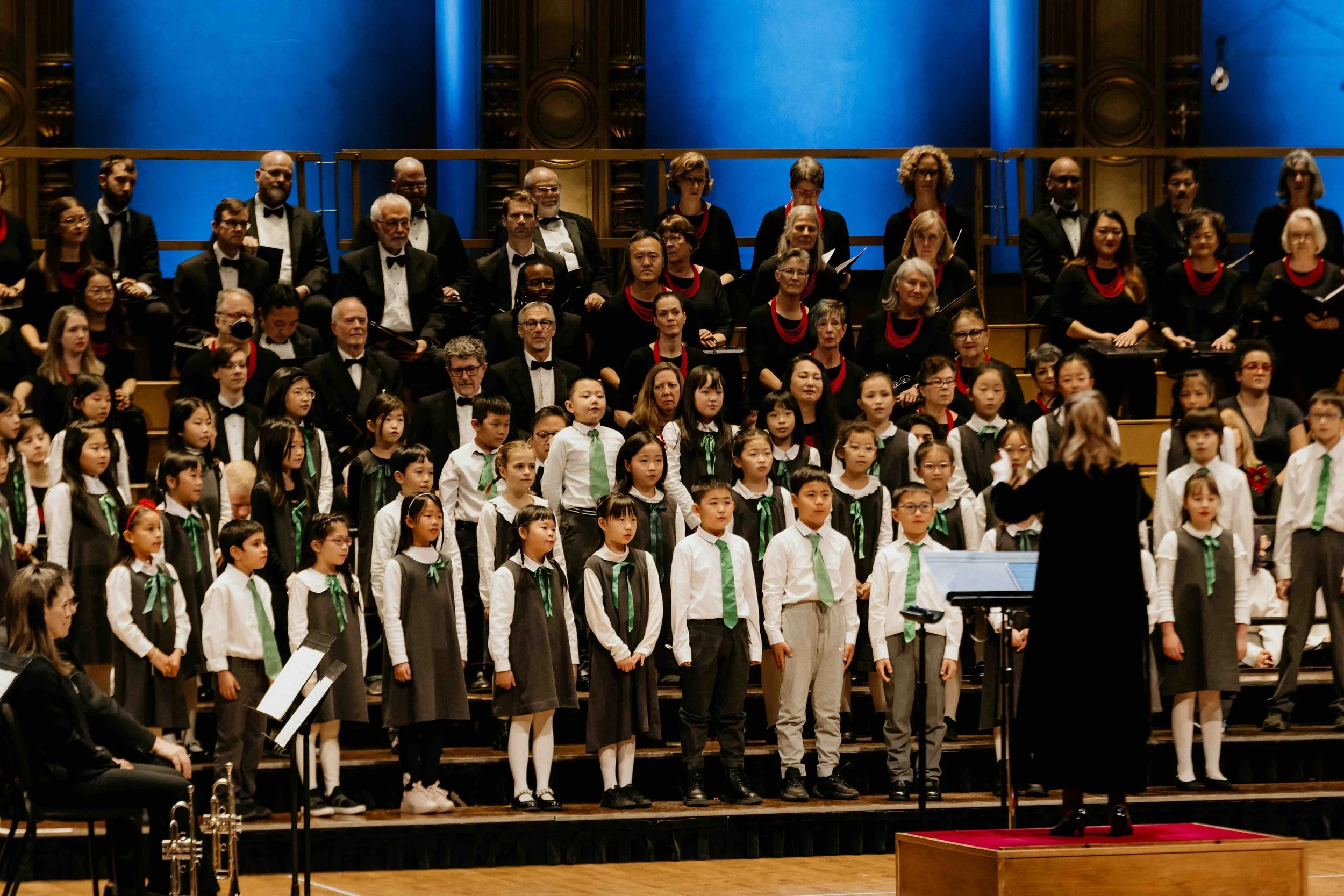Vocalist Shruti Ramani talks about the deep history inside the Raagaverse groove
Celebrating its first album release, the Vancouver-based quartet showcases a delicious mix of Bollywood, ancient raga, and Western jazz at Kay Meek Arts Centre
Vancouver Indo-Jazz fusion project, Raagaverse featuring Noah Franche Nolan (piano), Shruti Ramani (voice), Jodi Proznick (bass), and Nicholas Bracewell (drums)
Raagaverse plays the Kay Meek Arts Centre on April 4 and 5, and joins Gamelan Bike Bike at Performance Works on April 13
YOU CAN’T JUDGE a band by its covers—but that doesn’t mean you shouldn’t seek out “Khaabon Ke Parindey”, Raagaverse’s second single from its soon-to-be-released full-length debut, Jaya. The Vancouver-based quartet’s blithe take on a Bollywood bossa nova from the Mumbai songwriting team of Shankar Mahadevan, Ehsaan Noorani, and Loy Mendonsa offers a pleasant preview of summer, and although its Ipanema groove is familiar, its blend of modal jazz, Brazilian swing, and South Asian melodic flair is new.
It’s also not entirely representative of Raagaverse’s sound, according to singer Shruti Ramani. More typical, she asserts, is the band’s first single, “Saajan”. Similarly assured but somewhat darker in tone, it opens with Ramani intoning a Hindustani melody over Jodi Proznick’s bowed bass, then builds into a sweet meditation on longing, moves through an intense vocal improvisation, and then blossoms into a glorious finale, assisted by brass and strings.
“It’s more rooted in Indian classical,” the vocalist explains in a telephone interview from her home. “It’s a traditional composition that has then been adapted with the harmonic information of jazz—kind of a reimagining and opening up of a raga, or kind of defying the rules of the raga in some ways, as my teacher would say.”
“Khaabon Ke Parindey”, in contrast, is “a fun little bossa tune,” Ramani notes, “but it’s more pop-cultural.
“I think it is meant to bring the feeling of nostalgia to people,” she adds, “like ‘Oh, I’ve heard that one before—but this is not what I’d heard!’”
Dig a little deeper into each track, however, and the Raagaverse project comes more clearly into focus. It doesn’t take a lot of internet searching to turn up the Bollywood version of “Khaabon Ke Parindey”, as used in the 2011 coming-of-age film Zindagi Na Milegi Dobara. It’s driven by guitar rather than piano but is otherwise strikingly similar in feel to Raagaverse’s take—but while the band’s promo video is audio-only, the film shows a quartet of handsome and blissed-out actors, in a vintage American convertible, having a laid-back adventure amid sunflower fields and lakeside landscapes. “Saajan”, in contrast, dates back generations and is based on Raag Jog, an ancient evening raga that, as Ramani points out, is strikingly similar to the pentatonic blues scale that is at the heart of much classic jazz. A variation of Raag Jog is also found in South Indian music, making it part of the entire subcontinent’s musical heritage, but it is a particular favourite of musicians trained in the Agra gharana, or school of aesthetics. Ramani, who completed an intensive eight-year degree program before coming to Canada to seek jazz training, is one of them, and credits her teacher Ritu Johri with giving her the tools necessary to excel in both idioms.
“She’s a phenomenal singer, and her ancestors were also musicians, big musicians in this tradition,” Ramani enthuses. “She’s one of the best teachers, and I found her when I was maybe 15 or so, and I’ve been learning from her for over a decade. A lot of the technique that I have—or ‘chops’, as people would say in the Western jazz idiom—those are because of the Agra gharana training that she has introduced into my life.”
The Agra approach, she continues, lends itself to jazz and improvised music. “The voice will always be full, bold, not holding back—kind of an open voice,” she explains. “There’s no concept of vibrato; there’s no singing soft, necessarily, unless you’re singing light classical music, not in the traditional sense. So it’s that full-bodied voice, loud and clear. And they have distinct styles of ornamenting that are very typical to Agra gharana. You will hear some phrasing nuances, and some really specific ways of creating a note.”
On the jazz side, bassist Proznick, pianist Noah Franche-Nolan, and drummer Nicholas Bracewell all bring their own years of jazz experience to the Raagaverse blend, with Ramani adding her own more recent discoveries. “Saajan”’s string- and horn-assisted coda, in fact, is a beautiful tribute to the singer’s composition teacher at Capilano University, big-band specialist Jill Townsend. There’s a possibility, Ramani points out, that Raagaverse’s next project might be a big-band collaboration with the Hard Rubber Orchestra, although that’s dependent on funding; also an option is a “Raagaverse does Bollywood” collection of soundtrack classics done in a Canadian and multicultural manner. But what’s certain is that even before the full release of their first album Ramani and Raagaverse have found a home and an audience here in Vancouver, and further evolution is guaranteed. ![]()













